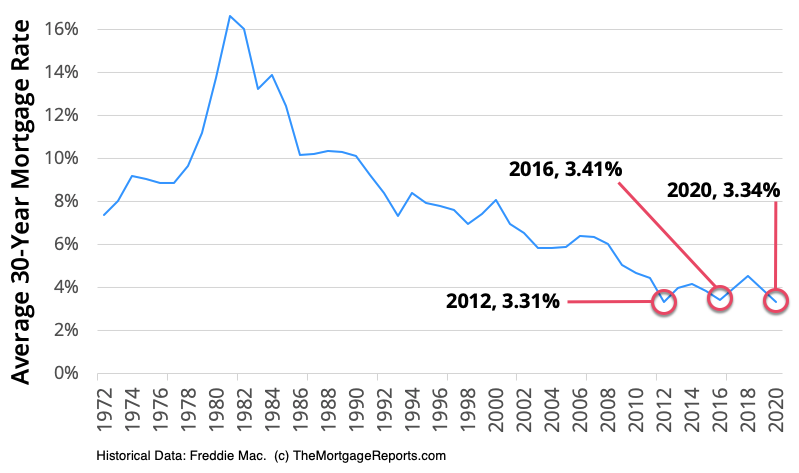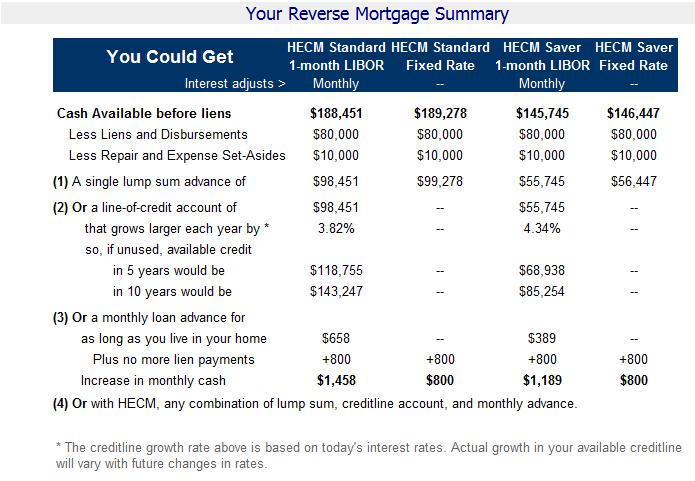When you purchase a home, you might hear a little industry lingo you're not knowledgeable about. We have actually developed an easy-to-understand directory site of the most typical mortgage terms. Part of each regular monthly mortgage payment will go towards paying interest to your lender, while another part approaches paying down your loan balance (also known as your wesley financial group complaints loan's principal).
During the earlier years, a higher part of your payment approaches interest. As time goes on, more of your payment approaches paying for the balance of your loan. The deposit is the cash you pay upfront to buy a home. In a lot of cases, you need to put money to get a mortgage.
For instance, traditional loans require as little as 3% down, however you'll need to pay a regular monthly fee (known as personal home loan insurance) to compensate for the small deposit. On the other hand, if you put 20% down, you 'd likely get a better interest rate, and you would not have to pay for private home mortgage insurance.
Part of owning a home is paying for residential or commercial property taxes and property owners insurance coverage. To make it simple for you, lenders set up an escrow account to pay these expenses. how do arm mortgages work. Your escrow account is handled by your lending institution and works kind of like a bank account. No one makes interest on the funds held there, however the account is used to collect cash so your lender can send out payments for your taxes and insurance in your place.

Not all home loans come with an escrow account. If your loan does not have one, you need to pay your real estate tax and homeowners insurance expenses yourself. However, many lending institutions provide this option due to the fact that it allows them to make sure the real estate tax and insurance coverage costs earn money. If your deposit is less than 20%, an escrow account is needed.
How Will Mortgages Work In The Future Things To Know Before You Buy
Remember that the quantity of money you need in your escrow account is dependent on just how much your insurance and real estate tax are each year. And since these expenditures may alter year to year, your escrow payment will alter, too. That suggests your month-to-month home loan payment may increase or decrease.
There are two types of mortgage interest rates: repaired rates and adjustable rates. Fixed rates of interest remain the same for the entire length of your home mortgage. If you have a 30-year fixed-rate loan with a 4% rates of interest, you'll pay 4% interest up until you settle or re-finance your loan.
Adjustable rates are rates of interest that change based upon the marketplace. Many adjustable rate home mortgages start with a set rates of interest duration, which usually lasts 5, 7 or ten years. During this time, your rate of interest stays the same. After your set interest rate period ends, your rate of interest changes up or down once annually, according to the marketplace.
ARMs are best for some borrowers. If you plan to move or refinance prior to the end of your fixed-rate period, an adjustable rate home loan can provide you access to lower rate of interest than you 'd usually find with a fixed-rate loan. The loan servicer is the business that supervises of offering regular monthly home loan statements, processing payments, managing your escrow account and responding to your questions.

Lenders may offer the servicing rights of your loan and you might not get to choose who services your loan. There are numerous types of home loan. Each comes with different requirements, rates of interest and advantages. Here are a few of the most typical types you may become aware of when you're requesting a home loan - how do mortgages work in monopoly.
The Buzz on How Do Recverse Mortgages Work?
You can get an FHA loan with a down payment as low as 3.5% and a credit history of simply 580. These loans are backed by the Federal Real Estate Administration; this indicates the FHA will compensate lending institutions if you default on your loan. This decreases the danger loan providers are handling by providing you the money; this implies loan providers can offer these loans to customers with lower credit history and smaller sized deposits.
Traditional loans are often likewise "adhering loans," which suggests they fulfill a set of requirements defined by Fannie Mae and Freddie Mac two government-sponsored business that purchase loans from lending institutions so they can offer home loans to more individuals - how do fixed rate mortgages work. Standard loans are a popular choice for purchasers. You can get a traditional loan with as low as 3% down.
This contributes to your month-to-month expenses but enables you to enter into a new house quicker. USDA loans are only for houses in eligible rural areas (although numerous houses in the suburbs qualify as "rural" according to the USDA's meaning.). To get a USDA loan, your household income can't surpass 115% of the area median income.
For some, the assurance charges required by the USDA program expense less than the FHA mortgage insurance premium. VA loans are for active-duty military members and veterans. Backed by the Department of Veterans Affairs, VA loans are a benefit of service for those who've served our country. VA loans are an excellent option due to the fact that they let you purchase a home with 0% down and no private mortgage insurance coverage.
Each monthly payment has four major parts: principal, interest, taxes and insurance. Your loan principal is the amount of money you have actually left to pay on the loan. For example, if you obtain $200,000 to buy a home and you settle $10,000, your principal is $190,000. Part of your regular monthly home mortgage payment will https://www.inhersight.com/company/wesley-financial-group-llc instantly approach paying for your principal.
All about How Do Mortgages Work For Income Properties
The interest you pay every month is based upon your rates of interest and loan principal. The cash you pay for interest goes directly to your home loan provider. As your loan matures, you pay less in interest as your primary decreases. If your loan has an escrow account, your month-to-month home loan payment may also consist of payments for real estate tax and homeowners insurance.
Then, when your taxes or insurance coverage premiums are due, your loan provider will pay those expenses for you. Your home mortgage term describes how long you'll make payments on your home mortgage. The two most typical terms are thirty years and 15 years. A longer term generally suggests lower regular monthly payments. A much shorter term generally indicates bigger month-to-month payments however substantial interest cost savings.
In many cases, you'll need to pay PMI if your down payment is less than 20%. The expense of PMI can be added to your monthly mortgage payment, covered via a one-time upfront payment at closing or a mix of both. There's likewise a lender-paid PMI, in which you pay a slightly greater interest rate on the home mortgage instead of paying the monthly fee.
It is the written promise or contract to repay the loan using the agreed-upon terms. These terms include: Interest rate type (adjustable or repaired) Interest rate percentage Amount of time to pay back the loan (loan term) Amount borrowed to be repaid completely Once the loan is paid completely, the promissory note is offered back to the debtor.